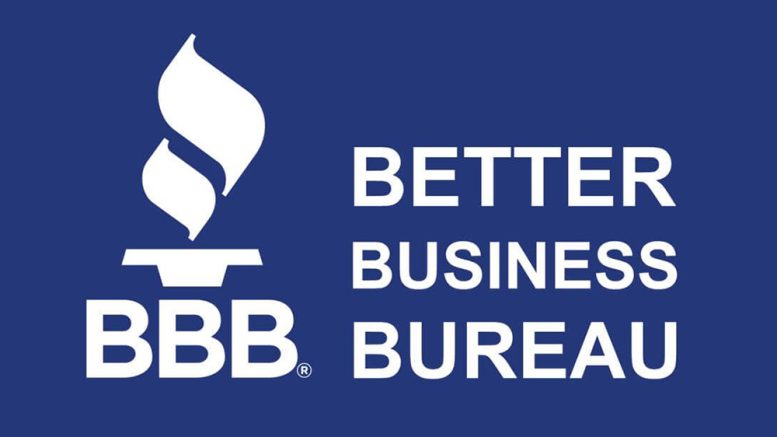On Sunday, Meta founder Mark Zuckerberg announced the company is introducing Meta Verified, a paid “blue verification badge” for Facebook and Instagram that will be available this week. According to the news release, the monthly subscription service includes a verification badge, protection against impersonating accounts, increased visibility, priority customer service and other exclusive features. Previously, Twitter announced its blue checkmark program.
As with any new program, there can be initial confusion on what it all means, and scammers are waiting in the wings to grab at any new opportunity. Be sure you have the facts and protect yourself against future scam artists. BBB is a trusted resource to help guide consumers and businesses to accurate information.
Here’s what you need to know:
- Regular Facebook and Instagram users do not have to pay. The subscription service is an option to help creators and businesses build their communities.
- The optional Meta subscription service will cost $11.99 per month on the web and $14.99 for the iOS and Android app. Twitter’s blue check is $8 a month for web and $11 for iOS and Android. Twitter also announced an upcharge for its new secure text messaging program.
- Meta Verified is only available in New Zealand and Australia starting on Feb. 21, 2023, but may expand globally soon and to business accounts eventually. Twitter Blue is available in many countries, including the U.S. and Canada.
- Users must meet the minimum requirements, be at least 18 years old, and submit a government ID that matches the name and photo on Facebook and Instagram to be eligible for a verification badge.
Be on the lookout for potential scams:
- Watch out for phishing emails, texts, and direct messages offering upgrades to your Facebook or Instagram accounts. Don’t send a photo of your government ID to a scammer!
- Go to BBB’s Spot a Scam page to see what fake emails, texts and web pages may look like.
- Older adults may be more vulnerable to scams. Reassure your friends and loved ones that they don’t have to pay anything right now.
- Beware of impostors pretending to be from Meta, Facebook, or Instagram. In December, Twitter experienced a wave of fake verified accounts after introducing Twitter Blue.
- Always check links before clicking; go directly to the source.
- Fact-check all information. Go directly to Facebook, Instagram, and Twitter help pages if you are unsure.
For more information
Read BBB’s tip on phishing scams. Visit BBB’s Scam Tracker to report scams or fraud. Click here to learn how to protect your verified social media account.
Check out BBB’s tip on how to spot a fake social media account. Report scams to BBB.org.

